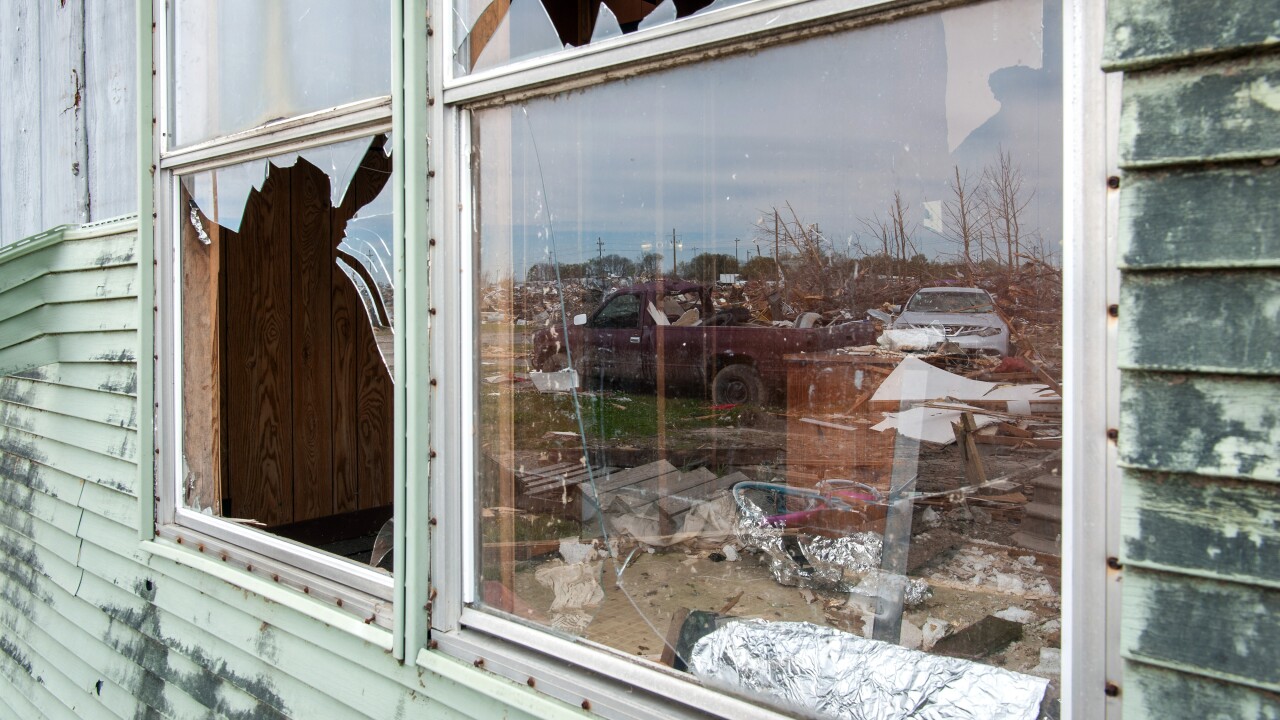
The Federal Housing Finance Agency introduced a new tool this month to help mortgage industry servicers and investors examine the potential impact of two major 2024 hurricanes on loan performance.
The FHFA's dashboard provides data on single-family mortgages backed by Fannie Mae and Freddie Mac in counties eligible for disaster-related individual assistance as designated by the Federal Emergency Management Agency.
"Our goal is to provide valuable data for decision makers as they consider how best to support victims of these storms and reduce the impact of future natural disasters," the agency wrote.
In a two-week span, Helene and Milton made landfall in the Southeastern U.S., with the former causing the highest number of storm-related deaths in almost two decades.
The number of government-sponsored enterprise guaranteed loans within the designated zones total more than 2.6 million, with an average unpaid balance approaching $200,000, the FHFA found. Total unpaid principal across loan portfolios for both GSEs tops $526 billion, although only a small portion of the number will likely result in losses.
Broken down by storm, Helene by itself affected over 1.1 million mortgage holders, while Milton's impact made more than 834,000 borrowers eligible for loan assistance. Approximately 696,000 homeowners suffered the misfortune of falling under both hurricanes' paths.
Both Fannie Mae and Freddie Mac offered a year of mortgage forbearance relief in the immediate aftermath of both storms, but prior to their arrival, the share of loans in serious delinquency, defined as late by 60 days or more, in the designated counties stood at just 0.88% in September.
In November — when borrowers taking mortgage assistance in the storms' aftermath might first appear — the share of loans in forbearance across all types of portfolios
Among Fannie Mae and Freddie Mac-backed loans specifically, forbearances increased 1 basis point to 0.21% on a month-to-month basis.
FHFA also laid out warning signs of possible stress to emerge from
Flooding during Hurricane Helene caused widespread damage, notably across a large swath of North Carolina, leaving parts of the region literally underwater.
"As typical property insurance does not cover flood damage, these loans may be at increased risk of delinquency if homeowners struggle to make monthly mortgage payments or cover the cost of repairs after the storms," FHFA said.
Although not a requirement, some affected homeowners still may have opted to purchase it themselves even when not mandated, but
Three months since the first of the two storms hit the U.S., government agencies have begun extending the terms of some of the relief measures initially put forth this fall. In early December, the Department of Housing and Urban Development announced a continuation of its
Days later, FHA put forth its plan to waive reviews of some early defaults for loans in impacted states occurring after Nov. 1, understanding they may have risen from unforeseen circumstances, such as a natural disaster.




